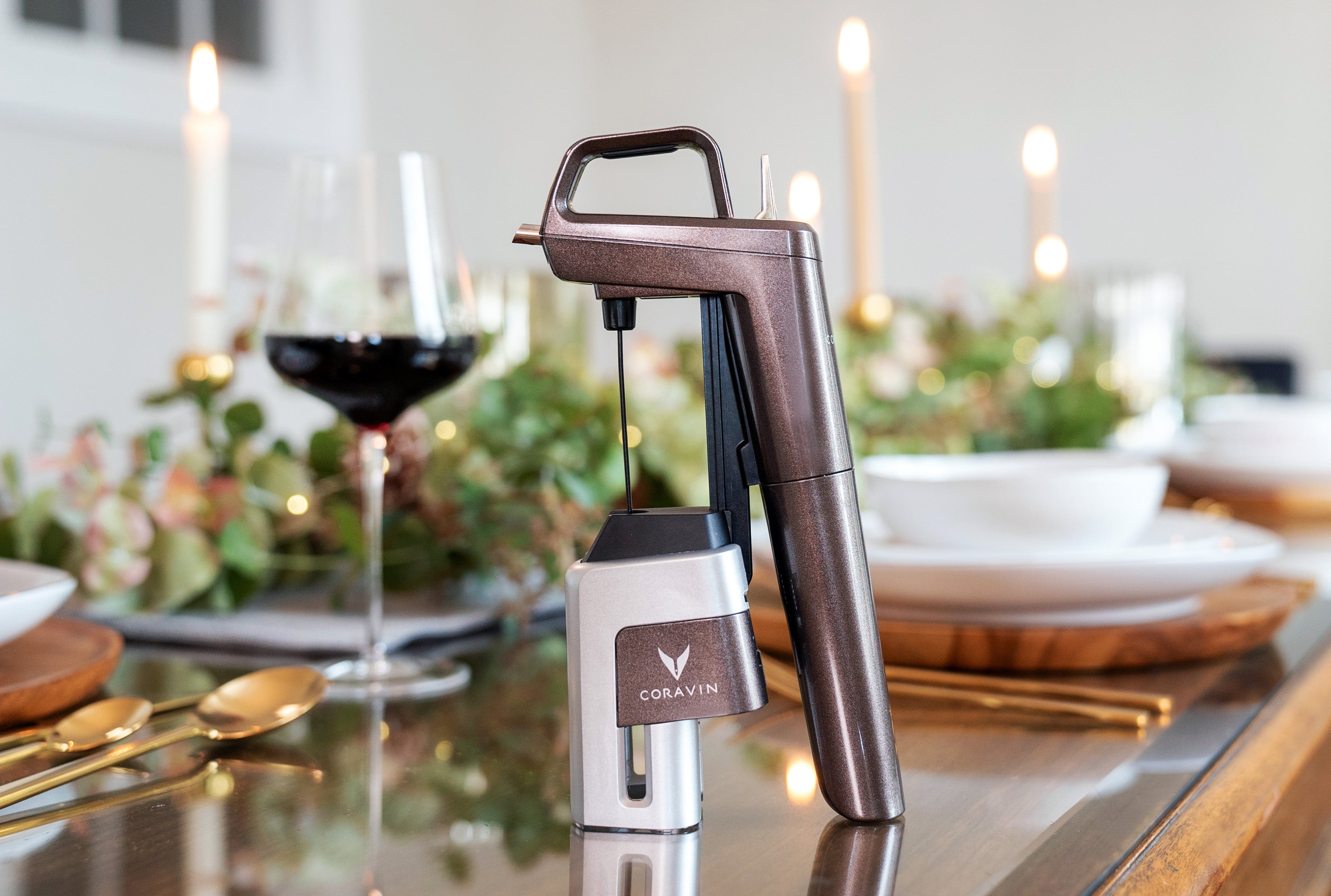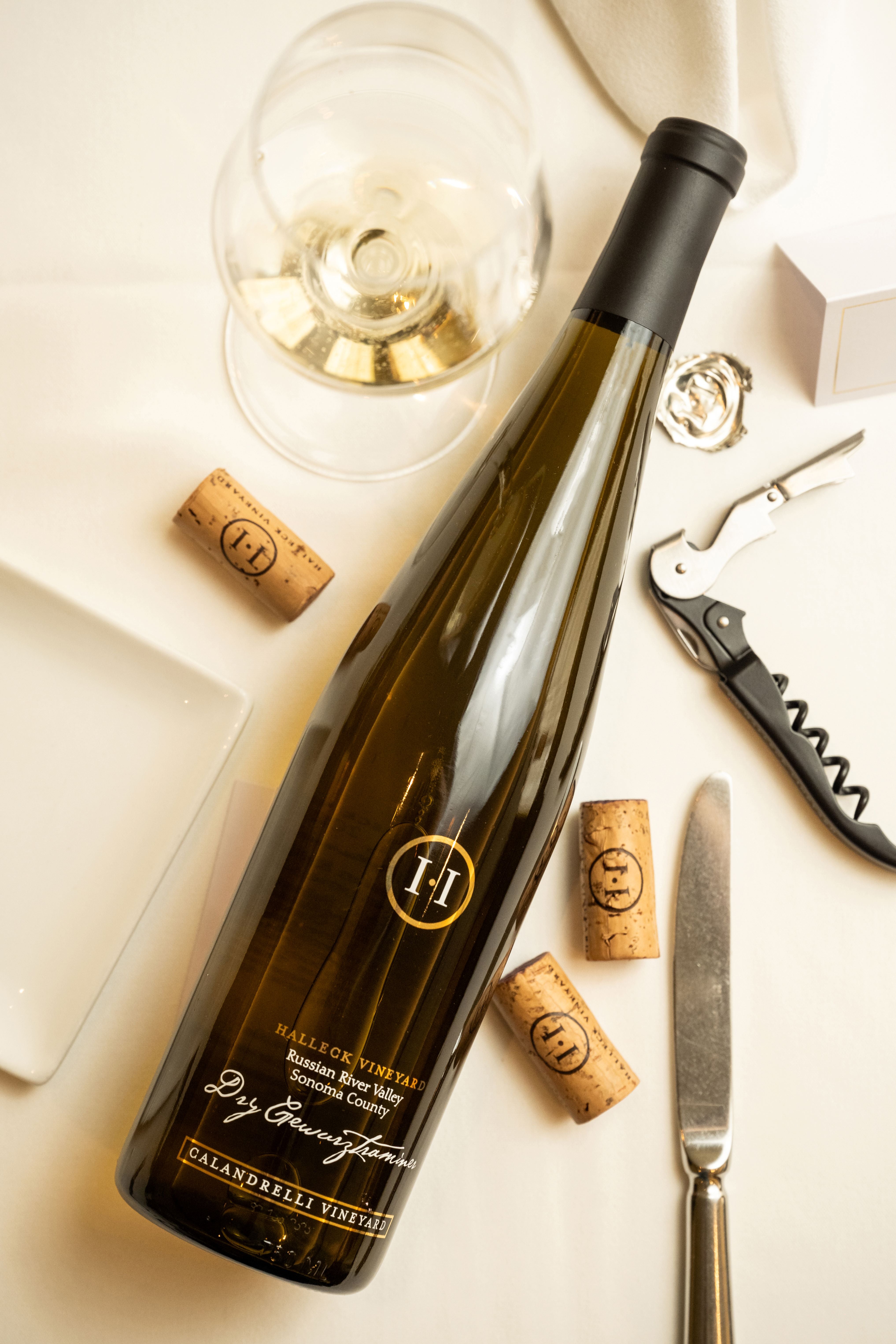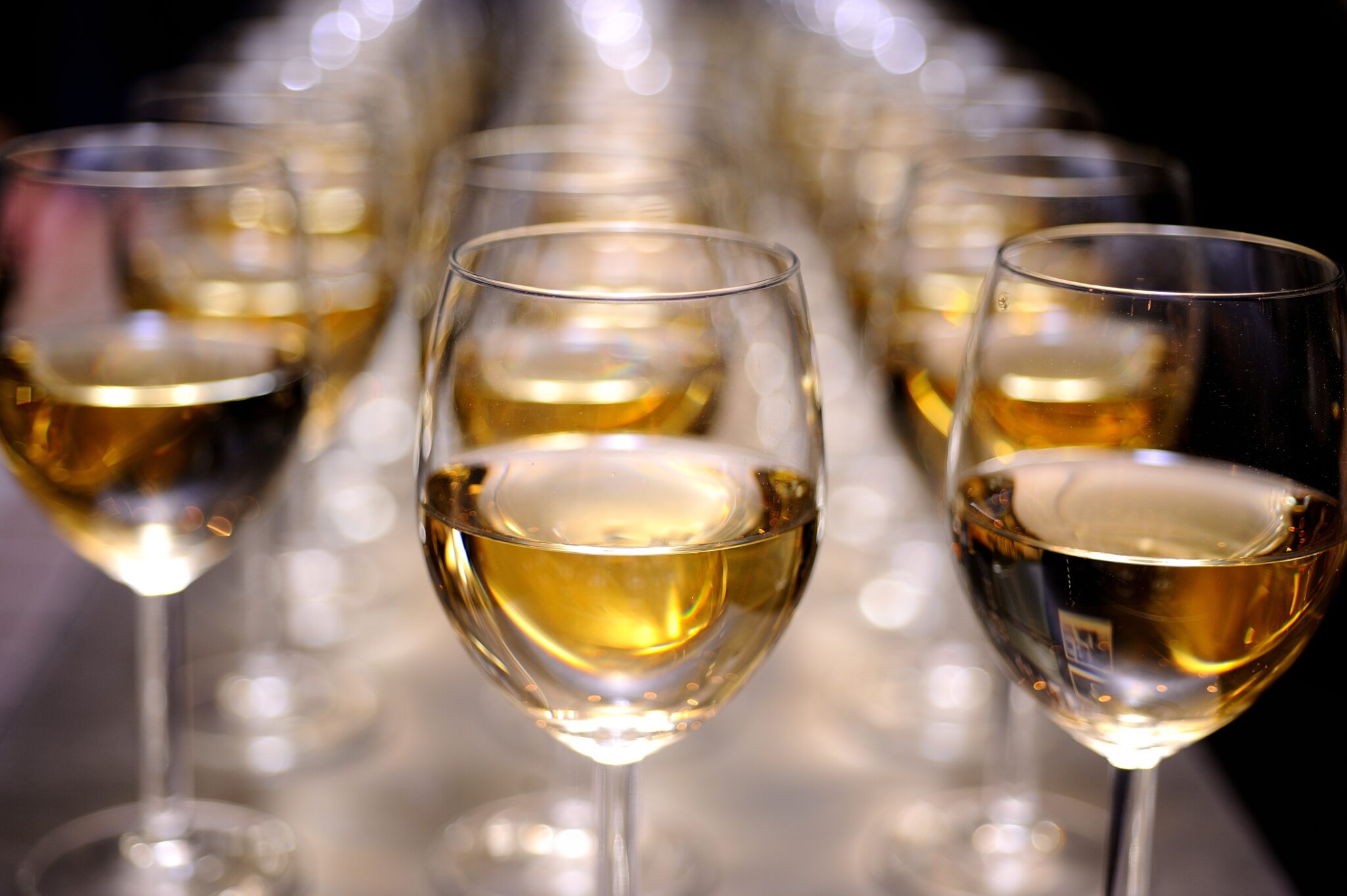Innovative Wine-Making Techniques In Sonoma Valley - Luxury Wine Tasting In Sonoma County
Eco-Friendly Wineries In Sonoma County - Sonoma County's Best Wine Experiences
Wine tasting is an art that mixes sensory experience with an appreciation for the nuances of different varietals. How to judge flavors in winery wine tasting sessions is pivotal to greedy the complexities of wine.
Partaking in a wine tasting involves greater than merely sipping and savoring. It requires a centered strategy to establish aromas and flavors that each wine presents. As you start, observe the wine's appearance, noting its colour and readability. These visual cues usually suggest a wine’s age, grape selection, and even potential flavor profiles.
The subsequent step within the tasting course of is to swirl the wine in your glass. This motion releases fragrant compounds that are vital for analysis. Lean in and take a moment to inhale deeply; the aromas can range from floral and fruity to spicy and earthy. The nostril of the wine is just as essential because the palate, and recognizing scents plays a significant position in understanding the general experience.
When taking your first sip, enable the wine to maneuver throughout your palate - Wineries Promoting Sustainable Farming. Notice the initial flavors that present themselves. Is the wine fruity, floral, or maybe herbaceous? This initial style provides perception into what the wine is likely to specific as you proceed to judge it. The mouthfeel additionally contributes to the overall flavor experience; it can be silky, tannic, and even effervescent.
Off The Beaten Path Wineries In Sonoma - Sonoma Valley Vineyards And Wine Tasting
As you proceed tasting, take note of the wine’s balance. A well-balanced wine will harmonize acidity, sweetness, and tannins. If one element overwhelms the others, it would indicate a much less desirable quality. Evaluating steadiness may help you identify how properly the wine would possibly pair with food.
Transitioning to the finish, consider how the flavors evolve as the wine lingers in your palate. A long, nice end can indicate a high-quality wine, whereas a short or abrupt end would possibly recommend otherwise. Replicate on whether or not the flavors stay constant or if new notes emerge because the wine settles. This development can reveal complexities and intricacies that may not have been apparent in the initial tasting.
Temperature can additionally be an important factor in evaluating wine flavors. Totally Different types of wine are optimally loved at specific temperatures. White wines typically shine when chilled, while red wines generally perform best at room temperature. When tasting, ensure the wine is at the acceptable temperature to completely recognize its character.
Wineries With A Focus On Syrah - Sebastopol Wine Experiences
Pairing food with wine can significantly improve the tasting experience. Meals can affect the perception of flavors in wine, either highlighting certain characteristics or diminishing them. When evaluating flavors, consider how the wine interacts with totally different meals, noticing which flavors are amplified or muted (Upcoming Wine Festivals In Sonoma County).

Think About the influence of terroir as you engage in a winery tasting. Terroir encompasses the distinctive environmental components that have an result on grape growing, together with soil composition, climate, and geography. Understanding a wine's terroir can present insight into its flavors and aromas, fostering a deeper appreciation for the choices made throughout its cultivation and production.
Training performs a elementary function in enhancing one's capacity to gauge wine flavors. Learning about grape varieties, wine regions, and manufacturing methods can pave the greatest way for more informed judgments throughout tastings. Additionally, attending workshops or classes can refine sensory skills and increase your flavor vocabulary, enabling you to articulate tasting notes extra successfully.
Lastly, it is important to do not neglect that evaluating wine flavors is a highly personal experience. Particular Person preferences and perceptions will invariably form one’s tasting journey. Enjoyment should be at the forefront, with the evaluation process appearing as a software to reinforce understanding and appreciation quite than create inflexible pointers.
Wineries Renowned For Cabernet Sauvignon In Sonoma - Scenic Wineries Of Sebastopol
In conclusion, mastering how to consider flavors in winery wine tasting classes entails a mixture of sensory engagement, data, and practice. By learning to determine aromas, assess the stability, and respect the intricacies of flavor, wine enthusiasts can deepen their connection to each bottle they encounter. As with any art type, the more one immerses themselves in the experience, the extra they'll uncover and enjoy the huge world of wine.
- Start by observing the wine's color and readability, as these visible elements can trace at its flavor profile and growing older potential.
- Swirl the wine gently in your glass; this releases aromatic compounds, allowing you to higher identify the complex scents related to the wine.
- Take a deep inhale before tasting, specializing in both primary and secondary aromas to gather insights on fruits, spices, and different nuances.
- When tasting, allow the wine to coat your palate; note the initial flavors, the mid-palate complexity, and the finish as these levels can present different flavor highlights.
- Pay attention to texture and mouthfeel, as elements corresponding to tannin ranges, acidity, and sweetness contribute significantly to the overall tasting experience.
- Compare flavors towards commonplace wine characteristics; for purple wines, contemplate berry notes, oak influence, and herbal tones, while whites could embrace citrus, stone fruits, and floral hints.
- Take notes during the tasting session to track your impressions, helping you to remember and consider the totally different wines sampled.
- Focus On your findings with fellow tasters or winery workers, as sharing insights can enhance understanding and appreciation of individual flavors.
- Permit time for the wine to breathe; generally, flavors evolve and reveal new dimensions after being uncovered to air.
- Experiment with food pairings through the tasting as they will dramatically alter how flavors are perceived, influencing general enjoyment.undefinedWhat ought to I look for when evaluating the aroma of wine during a tasting?
Start by swirling the wine in your glass to release its aromas. Deliver the glass to your nose and take a deep breath. Pay attention to the first scents you detect, as these are sometimes the most prominent. Look for fruit, floral, natural, or earthy notes and attempt to establish specific characteristics, which is able to deepen your understanding of the wine's complexity.
Wine Tasting Events In Sonoma County - Sonoma Wine Country Wineries To Explore

How can I distinguish between different flavor profiles in wine?
Perceive that flavor profiles are often categorized as fruit, floral, herbaceous, spicy, or mineral. Take small sips and permit the wine to coat your palate. Discover the first flavors that emerge first and the refined notes that comply with. This layering is crucial in distinguishing the wine's traits and will help you recognize its unique profile.
Top Rated Wine Experiences In Sebastopol - Sebastopol Winery Experience
What is the significance of the wine's texture in a tasting?

The texture of the wine, also identified as mouthfeel, plays a vital function in how we understand flavors. Pay consideration to whether the wine feels clean, creamy, or gritty. The physique of the wine (light, medium, or full) can enhance or contrast with flavors, offering a more rounded experience throughout tasting.
How do I assess the stability of flavors in wine?
Stability in wine refers again to the concord between acidity, sweetness, tannin, and alcohol. Take a second to assess hop over to these guys whether these parts complement or intrude with each other. A well-balanced wine may have none of its elements overpowering the others, creating a pleasant tasting experience.
Top Rated Wine Experiences In Sebastopol - Sonoma Wine Tasting Adventures
What role does temperature play in evaluating wine flavors?
Temperature can significantly impression the notion of flavors. Generally, purple wines are finest served slightly beneath room temperature, whereas white wines benefit from being chilled. As the temperature modifications, the aromas and flavors can shift, permitting you to perceive different traits. It’s important to taste wine at its optimum temperature for true analysis.
Wineries That Welcome Walk Ins - The Charm Of Sonoma Wineries
How can I improve my tasting skills over time?
Practice is vital to enhancing your tasting skills. Unique Wine Blending Experiences In Sonoma. Attend tastings, hold a journal of your experiences, and discover various sorts of wines to broaden your palate. Additionally, learning about wine manufacturing and grape varieties can provide context that enhances your analysis process, making you a more knowledgeable taster.
Is there a selected order during which I ought to taste the wines?
Charming Wineries With Views In Sonoma Valley - Sebastopol Wine Country
Sure, it’s advisable to style wines from light to full-bodied and dry to sweet. This development prevents the stronger flavors from overshadowing the extra delicate ones, permitting you to fully respect every wine's characteristics and nuances without palate fatigue.
Osmosis+Day+Spa+Sanctuary,209+Bohemian+Highway,+Freestone
How can I consider the aftertaste of wine?
Wineries Promoting Wine Club Memberships - Best Winery Located In Sonoma
The aftertaste, or finish, is a crucial facet of the wine-tasting experience. After swallowing, take note of how long the flavors linger on your palate and whether they change. A long, nice finish is see page commonly an indicator of a high-quality wine, whereas a brief or disagreeable end might recommend otherwise.
Why is it essential to note the wine’s acidity during tasting?
Acidity contributes to the general freshness and structure of the wine. Pay consideration to the tingling sensation in your tongue; greater acidity can improve the wine's liveliness and balance out sweetness. Noting acidity helps determine the wine's versatility with food and its aging potential.
What should I do if I battle to identify particular flavors in wine?
Wineries Offering Educational Wine Seminars - Greatest Wine Tasting Locations In Sonoma
Struggling to establish flavors is widespread, especially for novices. Focus on broader categories and describe what you presumably can acknowledge, such as sweet or earthy notes. With practice, studying about totally different flavor profiles, and perhaps utilizing flavor wheels, you will refine your senses and develop a extra nuanced strategy to tasting.